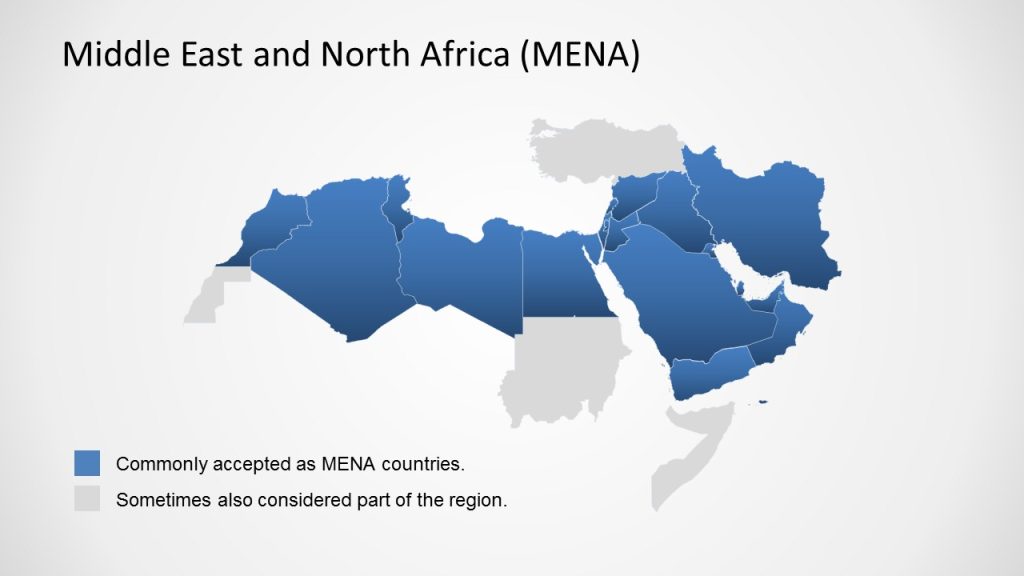Short Introduction to Middle Eastern Studies: What Is the Middle East as A Region?

All Global Research articles can be read in 51 languages by activating the Translate Website button below the author’s name.
To receive Global Research’s Daily Newsletter (selected articles), click here.
Click the share button above to email/forward this article to your friends and colleagues. Follow us on Instagram and Twitter and subscribe to our Telegram Channel. Feel free to repost and share widely Global Research articles.
***
Middle Eastern Studies are a multicomplex research discipline devoted to bettering knowledge and understanding of different cultures, nationalities, and complexities of the world’s region conventionally known as the Middle East. Its geography stretches from Egypt to Iran and from Syria to Yemen.
In principle, the crucial mark of the region is the predominant Arab culture with some contrasts in the cultural habits between, for instance, Saudi Arabia and Egypt. Besides, the cultural features of several other ethnic and confessional groups of the Middle East give a more comprehensive picture of the region’s peoples and challenges.
The Middle East was the home of the earliest civilizations in the world’s history. The first urbanizations and literacy started there. The region of the Middle East usually covers the territories from the eastern littoral of the Mediterranean Sea up to India in the East.
In a broader sense, geographically, the region encompasses territories of the East Mediterranean and Central Asia but many American academicians, politicians, and journalists regard as a single region the Middle East and North Africa (MENA).
In principle, the real Middle East is composed of 14 countries: Egypt, Syria, Lebanon, Israel, Jordan, Saudi Arabia, Yemen, Oman, United Arab Emirates, Qatar, Bahrain, Kuwait, Iraq, and Iran (+ unrecognized Palestine).
These countries are bounded by six major waterways: the Mediterranean Sea, Red Sea, Gulf of Aden, Arabian Sea, Persian Gulf, and Caspian Sea (in fact, lake).
It has to be noticed here that Turkey (Asia Minor) which from the 14th century till 1918 has been a center of the powerful Ottoman Empire that unified a major portion of the region is conventionally considered as a part of the Middle East.
However, from an academic viewpoint based on the traditional British approach, Asia Minor together with the Balkans belong to the Near East but not to the Middle East. In other words, the Balkan Peninsula and the peninsula of Asia Minor are two halves of the same bridge that connects Central Europe with the Middle East.
Nevertheless, Turkey is a non-Arab country even though its inhabitants are predominantly (98%) Muslims (Sunni) whose dominant language is Turkish. Turkey’s 82 million people are composed of ethnic Turkish majority and some ethnic minorities who speak Arabic, Kurdish, and Greek.
The region of the Middle East is an area where geography and history are important factors in the contemporary lives of the people. There are many native peoples of the region for whom the Middle East is considered as the Arab homeland.
It refers to those lands in which the Arabic language (with all dialects) is spoken. It is, basically, a unique region in the world regarding geography, geopolitics, and geostrategy as here three continents are meeting each other (Europe, Africa, and Asia) and as the region which was a focal point of the development of the first civilizations.
Geologically, its topography was transformed after the Ice Age from a climate that supported the grasslands and waterways into vast steppes and deserts. Around 2000 B.C., the pastoral people of Aryans, also called Indo-Iranians migrated into India and West as well as Central Asia, including today’s Iran (Persia) and surrounding countries.
Strategically, the Middle East was considered all the time to be an extremely valuable geostrategic territory as being a crossroad for trade, faith, conflicts, and cultural development.
In principle, the crucial mark of the region is the predominant Arab culture with some contrasts in the cultural habits between, for instance, Saudi Arabia and Egypt. Besides, the cultural features of several other ethnic and confessional groups of the Middle East give a more comprehensive picture of the region’s peoples and challenges.
For thousands of years, many waves of migration to the region made the Middle East ethnically and culturally very multifarious: from the Semitic Sumerians from Central Asia up to present-day Korean, Indian, or Filipino economic immigrants who are searching for jobs in the oil-rich regional countries.
For instance, at the end of the last century, more than 3 million workers from India and other parts of Asia arrived in the region to build a modern infrastructure.
On the one hand, the majority of the inhabitants of the Middle East have many things in common like the Arab language and culture, the religion of Islam but on the other hand, different ethnic minorities exist in each of those regional countries while the Islamic religion is divided into two factions: the Sunni (majority) and the Shia (minority).
*
Note to readers: Please click the share button above. Follow us on Instagram and Twitter and subscribe to our Telegram Channel. Feel free to repost and share widely Global Research articles.
Dr. Vladislav B. Sotirović is a former university professor in Vilnius, Lithuania. He is a Research Fellow at the Center for Geostrategic Studies. He is a regular contributor to Global Research.



